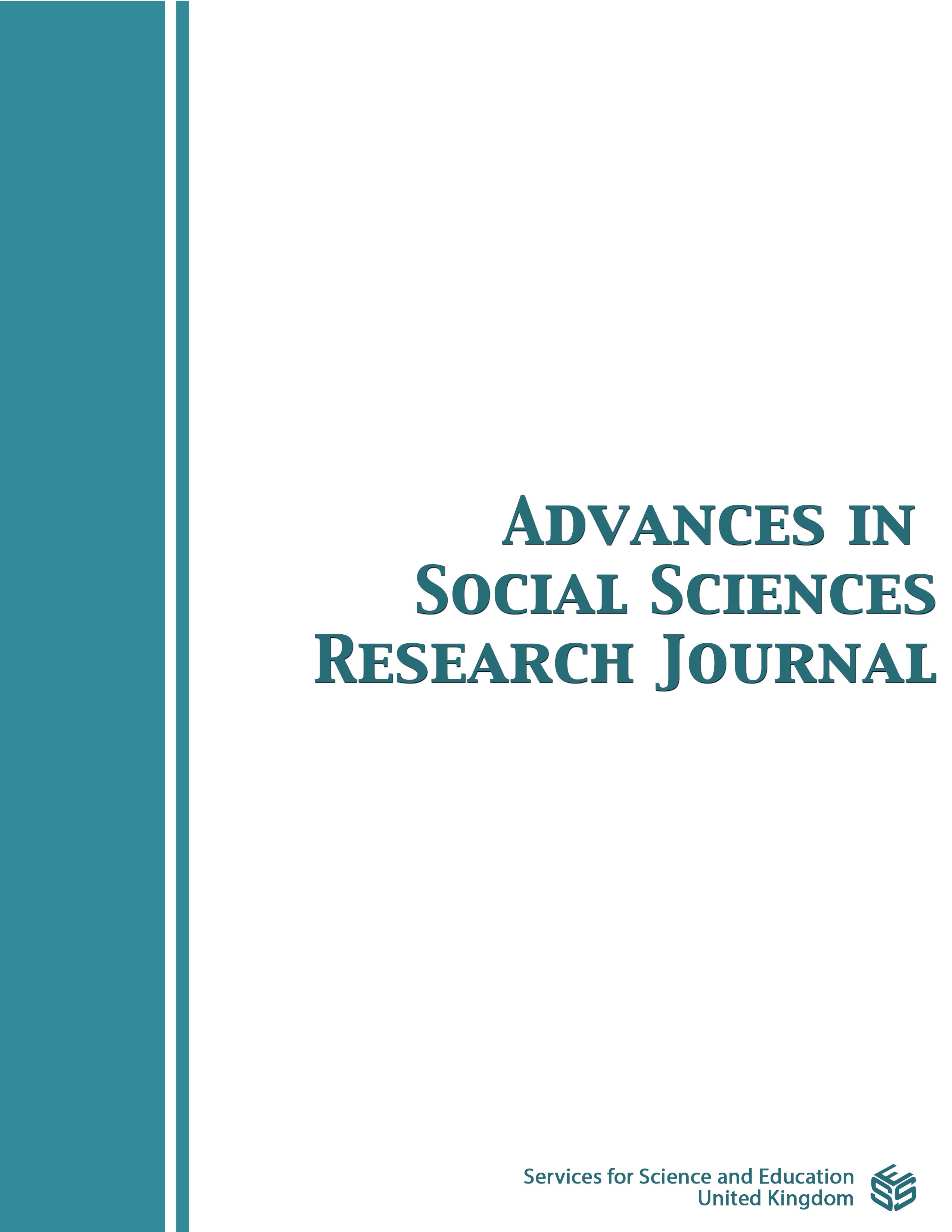Construction of TCM Institution Image: A Corpus-Based Comparative Critical Discourse Study of Chinese and Western Mainstream Media Reports
DOI:
https://doi.org/10.14738/assrj.118.17494Keywords:
TCM institutions, Media image, Corpus, Comparative study, Critical discourse analysisAbstract
This study conducts a corpus-assisted comparative analysis of the media images of Traditional Chinese Medicine (TCM) institutions in Chinese and Western media contexts. Applying Fairclough’s three-dimensional critical discourse analysis (CDA) model alongside the TCM Social Image Evaluation Index System, this study explores media image construction and ideological factors shaping the perception of TCM institutions globally through an analysis of linguistic features in keywords, evaluative collocates and modal verbs. It’s found that Chinese media present TCM institutions in a positive light, depicting them as multifaceted organizations with a rich cultural legacy and robust capabilities in medical and scientific research. They showcase TCM institutions as cooperative, promising in integration with modern healthcare, efficient, rapid, flexible, innovative, and imbued with humanitarian values especially during the COVID-19 epidemic. Western media, however, adopt a more cautious stance. They tend to frame TCM institutions as providers of alternative medicine and temporary solutions, with a focus on health preservation, leisure and overall well-being. Concerns have also been raised about the potential illicit activities associated with some massage schools. These disparities in presenting TCM institutions reflect cultural, political and audience demand differences between China and the West. The results of this study contribute to a deeper understanding of the media portrayal of TCM institutions, provide insights into the challenges facing the global recognition and acceptance of TCM institutions, and suggest strategies for Chinese media, TCM practitioners, and policymakers to enhance their international image.
Downloads
Published
How to Cite
Issue
Section
License
Copyright (c) 2024 Jiejing Pan

This work is licensed under a Creative Commons Attribution 4.0 International License.
Authors wishing to include figures, tables, or text passages that have already been published elsewhere are required to obtain permission from the copyright owner(s) for both the print and online format and to include evidence that such permission has been granted when submitting their papers. Any material received without such evidence will be assumed to originate from the authors.






